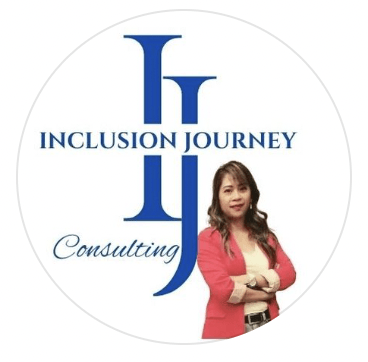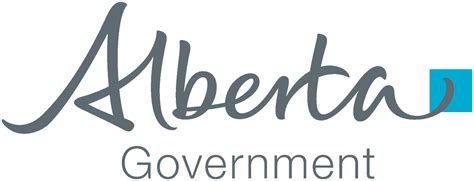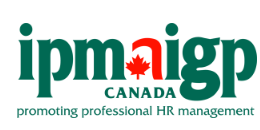7 Ways You May Be Misstepping in Your DEI Audit

Conducting a DEI audit is crucial for organizations fostering diversity, equity, and inclusion. However, it’s essential to be aware of common missteps that can hinder the effectiveness of your audit process.
This article highlights seven key areas where you may be going wrong and provides insights on how to course-correct.
- Superficial Metrics vs. Comprehensive Assessment:
Relying solely on surface-level metrics can lead to a lack of understanding of the actual state of diversity and inclusion within the organization. Without a deeper understanding of the experiences and inclusivity within the organization, efforts to address underlying issues may be misguided. This can result in a superficial approach that fails to create meaningful change.
2. Overlooking Intersectionality: Neglecting to consider intersectionality limits the scope of your DEI audit and fails to address the unique challenges faced by individuals with multiple dimensions of diversity.
By overlooking intersectionality, i.e., focusing on race and gender only, organizations risk creating an incomplete picture of their diversity landscape, resulting in inadequate strategies that do not effectively address the complex interactions of different identity markers and their impact on inclusion and equity.
Intersectionality acknowledges the interconnected nature of various identities, such as age, disability, sexual orientation, and socioeconomic background. By incorporating intersectionality into audits, organizations can uncover nuanced challenges and develop inclusive strategies that address the unique needs of individuals with multiple dimensions of diversity.
3. Falling Into Tokenism: Merely showcasing diversity without fostering inclusion and equity can lead to tokenism. Tokenism undermines the credibility of DEI efforts and can create a culture of resentment and disengagement among employees. It hampers establishing a genuinely inclusive environment where individuals feel valued for their contributions rather than their identities.
4. Neglecting Employee Feedback: Ignoring valuable employee feedback and insights limits the effectiveness of your DEI audit. By disregarding employee perspectives, organizations miss out on critical information that can shed light on systemic barriers and areas for improvement. This can result in a disconnect between the intended goals of DEI initiatives and the actual experiences of employees.
Organizations gain diverse perspectives by actively involving employees in the DEI audit process, identifying systemic barriers, and developing targeted solutions. Employee feedback serves as a compass, guiding the organization toward meaningful and impactful change.
5. Lack of Accountability: Failing to establish clear accountability mechanisms undermines the progress made through the DEI audit. Organizations may struggle to translate audit findings into tangible actions without clear responsibilities and metrics. This can lead to a lack of progress, as there is no framework to ensure that individuals and departments are actively working towards DEI goals.
By assigning responsibilities, setting measurable goals, and implementing regular progress assessments, organizations ensure that DEI efforts are actively pursued and integrated into the fabric of the organization.
6. Ignoring Ongoing Evaluation: Treating the DEI audit as a one-time event limits the ability to drive sustained change. Without ongoing evaluation, organizations cannot track progress, identify emerging challenges, or adjust strategies accordingly. This can result in stagnation, where DEI efforts become stagnant and fail to adapt to changing dynamics and needs within the organization. By integrating evaluation as a continuous process, organizations ensure that DEI efforts remain dynamic and responsive to evolving needs and priorities.
7. Absence of Leadership Commitment: Lack of genuine leadership commitment hinders the success of DEI initiatives. When leaders do not actively champion diversity, equity, and inclusion, their actions (or inaction) can create a culture where DEI efforts are not prioritized. This can lead to a lack of employee buy-in, making it challenging to create meaningful change and sustain progress over time. However, when leaders actively champion these values, they inspire employees, drive organizational change, and establish a strong foundation for sustained progress.
Navigating DEI audits requires a thoughtful and comprehensive approach to drive meaningful organizational change.
By avoiding these seven common missteps, organizations can experience the following benefits:
- Pave a more inclusive path to success.
- Fosters diversity, equity, and inclusion.
- Significant cost savings associated with doing the audit correctly.
Now is the time to prioritize DEI and take the necessary steps to conduct the audit the right way. By investing in a thorough and inclusive process, organizations can unlock the full potential of their workforce, enhance employee satisfaction, and drive innovation.
***********************************************************************************************************
If you need assistance with your DEI audit or want to ensure you’re on the right track, we’re here to help. We’re ready to provide guidance, support, and tailored solutions to meet your organization’s specific needs.
Contact Maria at maria@theinclusionjourney.com to learn more about how we can assist you in conducting your DEI audit the right way.















